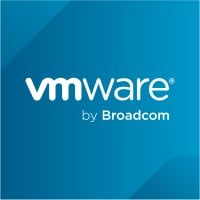
VMware
VMware by Broadcom delivers software that unifies and streamlines hybrid cloud environments for the world’s most complex organizations. By combining public-cloud scale and agility with private-cloud security and performance, we empower our customers to modernize, optimize and protect their apps and businesses everywhere. Capable of deployment in the software-defined data center, cloud environments, any app and the enterprise edge, our comprehensive software portfolio makes global enterprises more innovative, connected, resilient and secure.






